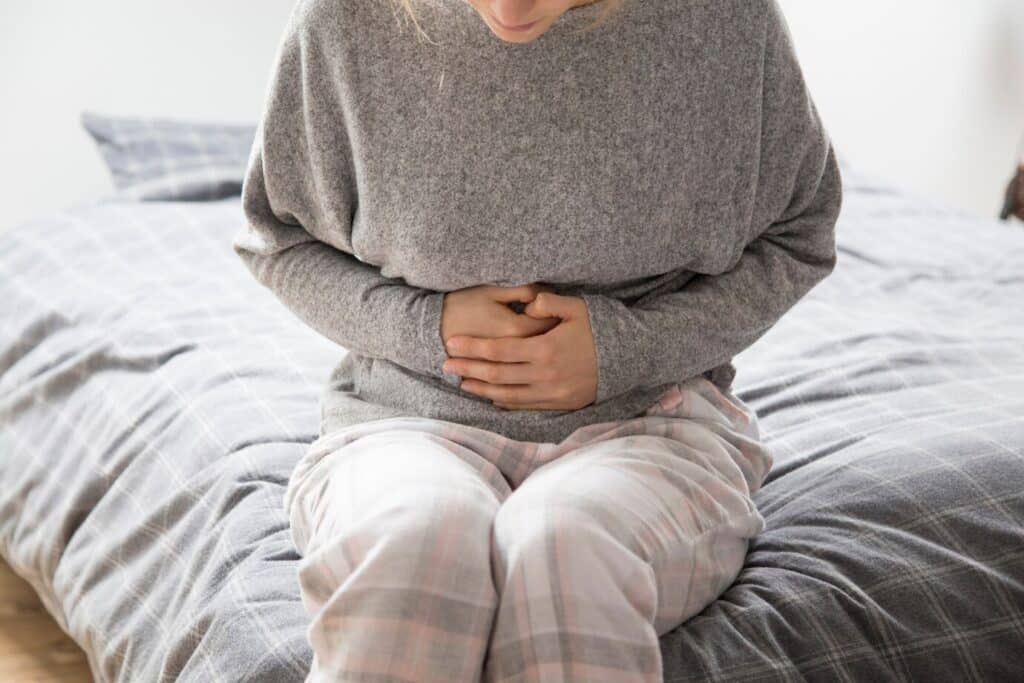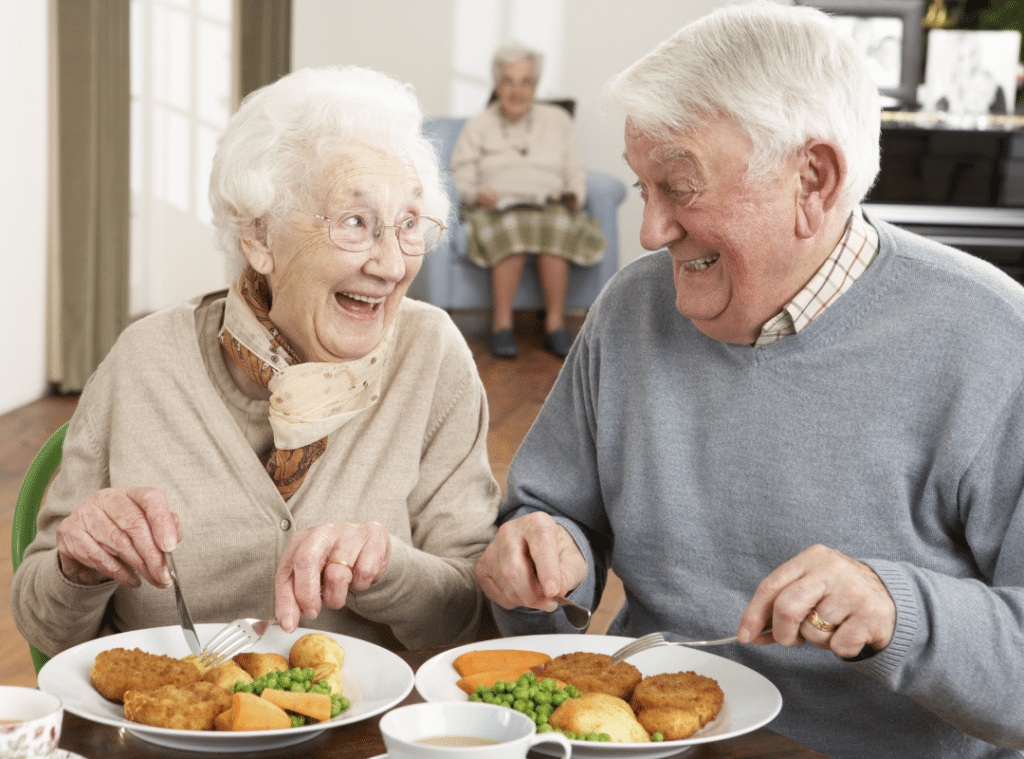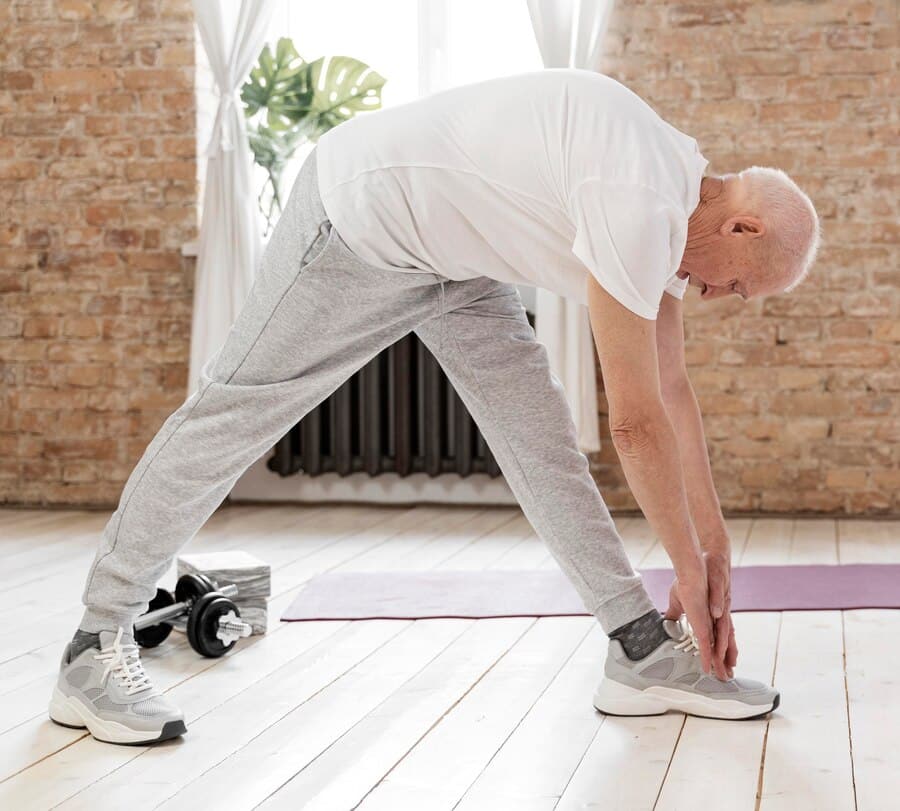Safety Protocols in assisted living are vital to creating a secure and compassionate environment where seniors can thrive. At The Oaks at Paso Robles, residents benefit from robust safety measures designed to protect their physical health, emotional well-being, and overall quality of life. These measures go beyond traditional care, offering a well-rounded approach that ensures peace of mind for families and dignity for residents.
From protocol procedures and staff training to personalized nutrition plans and mental health support, safety is woven into every aspect of daily life. A safety and health program should be comprehensive, proactive, and continually evaluated to meet the evolving needs of residents. This article explores how The Oaks at Paso Robles leads with intention and integrity in maintaining high standards for care and security.
Comprehensive Staff Training and Emergency Readiness
Effective staff training is a cornerstone of any reliable safety, health, and environment strategy in assisted living. The Oaks ensures that all team members are prepared to handle medical emergencies, natural disasters, and other unexpected situations.
- Protocol procedures are rehearsed through regular drills.
- Emergency certifications ensure readiness and a fast response.
- Medical alert systems enhance on-the-spot communication.
By emphasizing continuous education, the staff remains equipped to address resident needs with care and competence. This also reflects what is safety advantages in action – minimizing harm through preparation and swift response.
Daily Health Screenings and Cleanliness Standards
A safety and health program should be proactive, not reactive. At The Oaks, daily health screenings help detect early signs of illness. Preventive hygiene protocols reduce the risk of infections and other health issues.
- High-touch areas are cleaned multiple times daily.
- Residents’ vital signs are regularly monitored.
- Sanitization protocols follow CDC standards.
These measures represent a balanced safety, health, and environment approach that values prevention just as much as treatment. Senior caregiving essentials guide the implementation of best practices.
Emotional and Mental Wellness Initiatives
Assisted living safety isn’t only physical—it also embraces emotional and mental well-being. This holistic approach is key to answering the question, why is it important to be safe in a community setting. Mental health support at The Oaks includes:
Social Activity Programming
Social interaction contributes to emotional balance. Residents enjoy scheduled events like:
- Movie nights and themed dinners
- Fun social activities
- Game clubs and holiday celebrations
These protocol procedures for engagement reduce isolation and promote joy.
Therapeutic Services
Specialized therapy supports memory and emotional clarity, such as art, music, and mindfulness. Music therapy is particularly impactful for those with dementia or anxiety.
Access to Counseling
Certified counselors are available for individual or group sessions, ensuring residents can process life transitions in a safe, supportive environment. Mental wellness protocols are as critical as physical safety in a well-rounded care model.
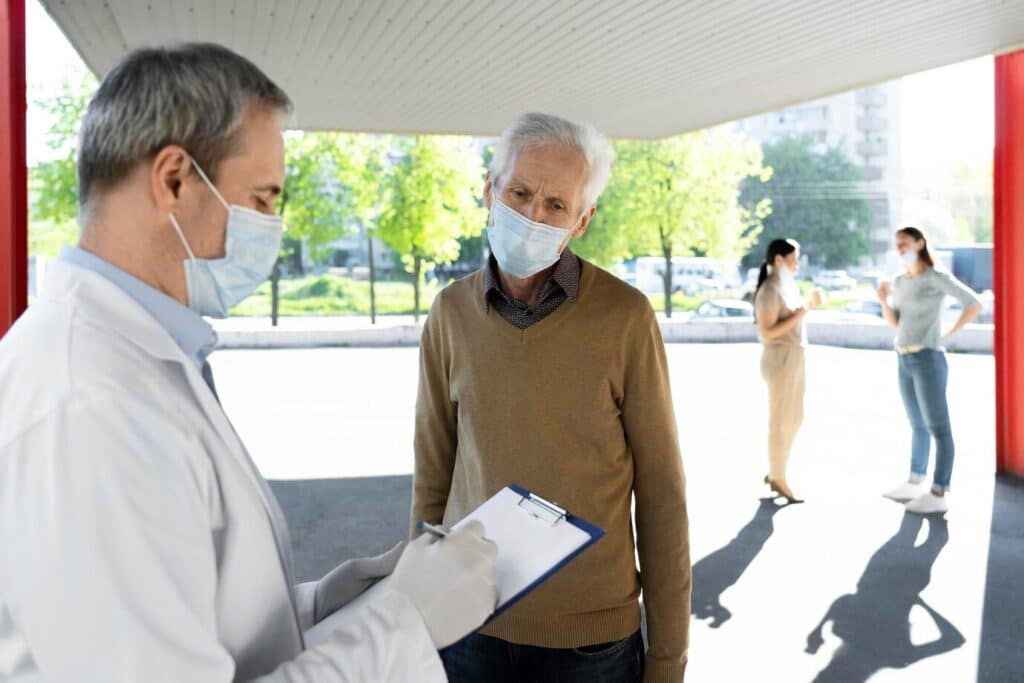
Nutritious Meals and Food Safety
Balanced nutrition is another layer of assisted living safety. A safety and health program should be attentive to dietary needs, allergies, and preferences.
Customized Meal Plans
Nutritionists at The Oaks develop personalized plans for each resident. This supports both physical energy and emotional well-being, aligning with safety health and environment best practices.
Kitchen Safety Protocols
Staff follow food-handling protocol procedures such as:
- Temperature control and storage labeling
- Separation of raw and cooked foods
- Equipment sanitization and proper food rotation
Hydration Strategies
Hydration stations and regular reminders encourage fluid intake. Dehydration can lead to falls or cognitive decline, so prevention plays a critical role.
Transparent Communication With Families
Effective communication strengthens trust and reinforces why it is important to be safe. Family members are kept informed through:
- Weekly updates and monthly newsletters
- Scheduled care plan meetings
- Emergency response notifications
When families feel informed, they feel involved. This level of collaboration is a safety feature in its own right, preventing miscommunication and advocating for residents’ needs.
Cutting-Edge Security Features
Physical safety begins with infrastructure. The Oaks uses modern technologies to maintain a secure perimeter and quick emergency access.
- Controlled entry points
- 24/7 video surveillance
- On-call security staff
These tools exemplify what is safety advantages—they deter external threats while ensuring rapid internal response. The community also enforces strict visitor protocols and background checks.
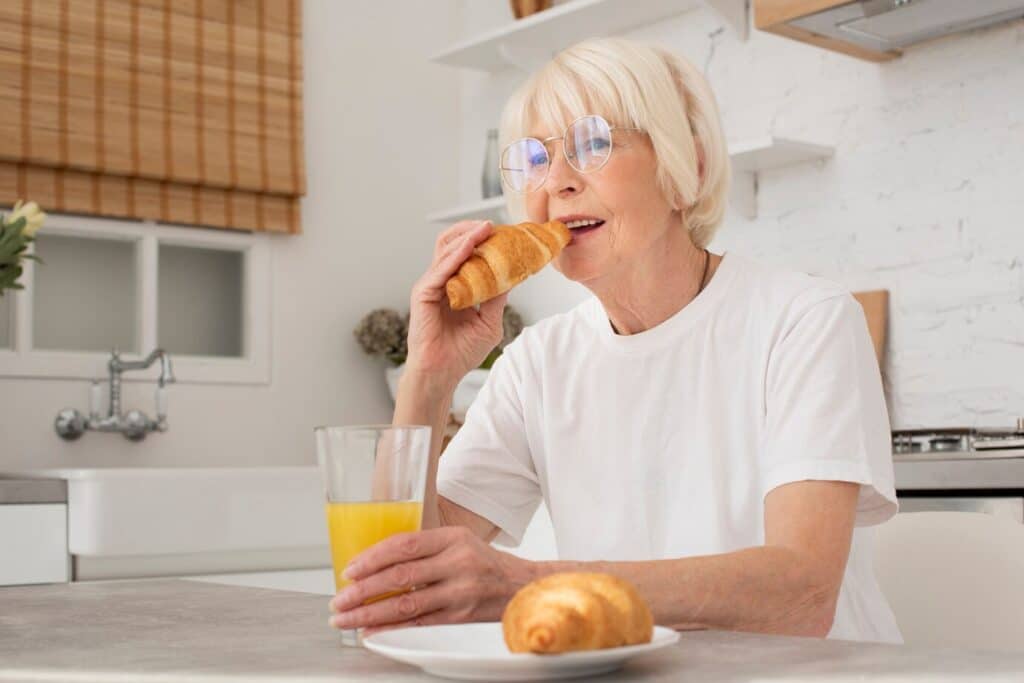
Community Events and Engagement Opportunities
A safety and health program should be enriched with opportunities for fulfillment. Residents are encouraged to engage in:
- Gardening and arts classes
- Resident-led councils
- Volunteering projects
This sense of purpose plays directly into the safety health and environment strategy by reducing stress and improving mental health.
External Resources Supporting Assisted Living Safety
For broader context and support, here are a few trusted external resources:
- CDC – Healthy Aging – Safety guidelines and public health updates for senior communities.
- NIOSH Workplace Safety Programs – A model for staff safety training and protocol procedures.
- National Institute on Aging – Long-Term Care – Educational materials for families and caregivers on selecting safe environments.
A Secure Community Built on Care
At The Oaks at Paso Robles, safety isn’t just a checklist—it’s a culture. From rigorous protocol procedures to mental wellness support, every effort is made to uphold the highest standards of care. These initiatives demonstrate what is safety advantages are: better health outcomes, reduced accidents, and enriched emotional lives.
Living in an environment where a safety and health program should be second nature allows residents to focus on joy, growth, and connection. It reinforces why it is important to be safe, because safety enables freedom and dignity.
Experience Peace of Mind at The Oaks
Safety is more than systems—it’s a promise. At The Oaks at Paso Robles, every resident is cared for with compassion, vigilance, and respect. Let your loved ones thrive in a community where safety health and environment principles guide every decision.
Discover the level of care you or your family member requires. What Level of Care Do You Need?
Frequently Asked Questions
What are home safety interventions for older adults?
Home safety interventions for older adults include installing grab bars in bathrooms, improving lighting throughout the house, removing tripping hazards like loose rugs, and ensuring clear walkways. These changes help prevent falls and support mobility. Additional measures may include using medical alert systems and ensuring smoke detectors are functional. Regular home assessments by caregivers or professionals can also identify and address risks.
How do you maintain the safety of an elderly patient?
To maintain the safety of an elderly patient, ensure their environment is clutter-free, well-lit, and accessible. Provide mobility aids like walkers or handrails, and supervise medications to avoid misuse or missed doses. Regular health check-ups and monitoring for changes in condition are also vital. Open communication with caregivers and family members helps respond quickly to safety concerns.
What are the general safety rules?
General safety rules include keeping floors dry and clean, using proper lighting, storing hazardous materials securely, and practicing fire safety. These rules apply to homes, workplaces, and public spaces. Safety signage and clear emergency exits also play a critical role. Following these rules helps prevent accidents and ensures a secure environment for everyone.
What are safety protocols?
Safety protocols are standardized procedures designed to prevent accidents, injuries, or health risks. They guide how to act during emergencies, handle equipment, or manage health and hygiene. In senior care, safety protocols include infection control, fall prevention, and emergency response plans. Adhering to these guidelines helps protect both residents and staff.
What are the 10 basic safety rules?
Ten basic safety rules include: 1) Keep walkways clear, 2) Use handrails, 3) Ensure good lighting, 4) Store items safely, 5) Check smoke detectors, 6) Use proper lifting techniques, 7) Follow medication instructions, 8) Wash hands regularly, 9) Stay hydrated, and 10) Wear appropriate footwear. These rules support both physical safety and health. Consistently following them helps reduce risks in daily activities.





